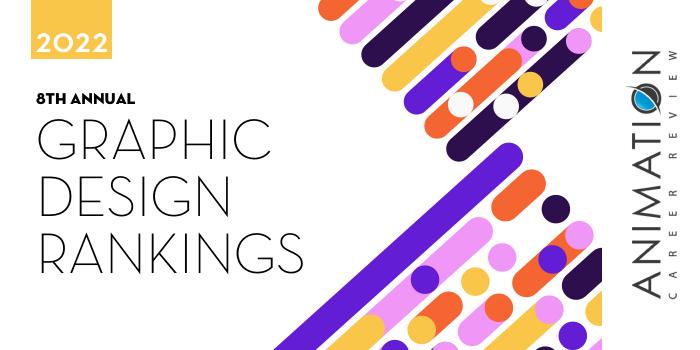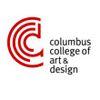Established in 1968, the College of Arts and Sciences at The Ohio State University (OSU) houses the Department of Design, which offers a Bachelor of Science in Design (BSD) in Visual Communication Design and a Design Thinking Minor. At the graduate level, the Department of Art, also housed in the College of Arts and Sciences, offers an MFA in Visual Art.
The OSU Visual Communication Design BSD Program begins with the Interdisciplinary Foundation Year consisting of 18 credit hours of coursework. During this time, students will focus on developing drawing skills, mastering design software tools, and typography. Course examples for the sophomore, junior and senior years include Intermediate Vis Com Design, Materials + Processes for Visual Communication Design, Collaborative Design, Professional Practices, Advanced Vis Com Design, Design Seminar for Visual Communication Design, and Design Research.
Graduates of the OSU Visual Communication Design BSD have been hired at places such as Microsoft, Walt Disney Company, IBM iX, The Digest, JP Morgan Chase, Binance, Walt Disney Imagineering, McGraw-Hill Education, Abercrombie & Fitch, Ring, Interbrand, and SafeAuto Insurance.
The Design Thinking Minor is a 15 credit hour program that covers the basics of design. Courses include Introduction to Design Practice, Design History, Exploring Design Thinking, Visualization as Thinking, and Presentation as Thinking. Students in all departments may add the Design Thinking Minor to their degree program.
The Ohio State University MFA in Visual Art is a three-year, 66 credit hour interdisciplinary program that explores Art and Technology, Painting and Drawing, Printmaking, Photography, Film/Video, Glass, and Sculpture. Students in this full-time program may specialize in a variety of design disciplines through electives and other coursework. Additional program benefits include visiting artists, critics, and curators, 24/7 access to private and semi-private studio spaces, internship opportunities, and access to state-of-the-art facilities, exhibition spaces, the Wexner Center for the Arts, and the Fine Arts and Cartoon Libraries.
The OSU Visual Art MFA Program culminates with the MFA Thesis Exhibition, which demonstrates the student’s expertise in their area of specialization. Exhibitions are displayed at the OSU-run, Urban Arts Space, located in downtown Columbus.
The Ohio State University was established in 1870 as Ohio Agricultural and Mechanical College. The school serves more than 61,000 students at campuses across Ohio in Columbus (main), Lima, Mansfield, Marion, Newark, and OSU’s Agricultural Technical Institute in Wooster. More than 200 majors, minors, and specializations are offered in 18 colleges and schools. The Ohio State University is accredited by the Higher Learning Commission (HLC) of the North Central Association of Colleges and Schools (NCA).












